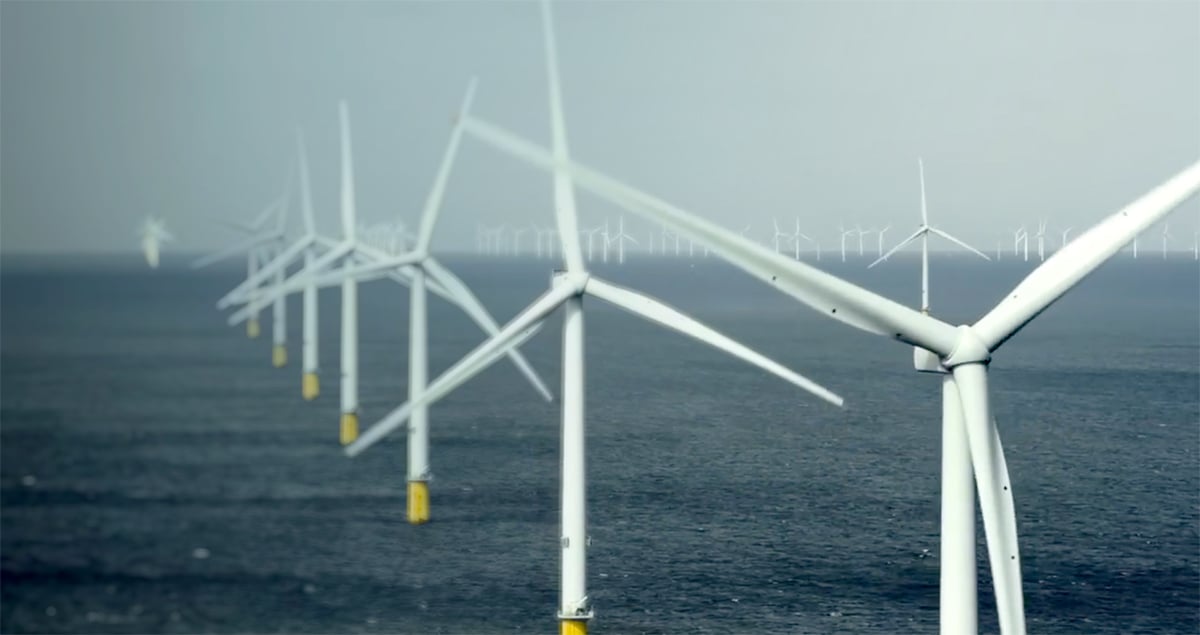Growing Role of Wind Power in America

Lower costs, smarter operations and better-performing turbines are driving the rapid adoption of wind power around the world. By 2050, renewables will account for more than half of the world's energy needs with the lion's share coming from wind power.
As the world transitions to a carbon-neutral energy future, wind power will play a leading role. Along with solar, wind will drive that transition for the next several decades, with a range of technologies including hydrogen power and carbon capture and storage providing additional value along the way.
Technology and Techniques Empowering Wind
The capacity for wind power in America expanded 8% in 2018. Wind now delivers 6.5% of the nation's electricity and is capable of powering 30 million homes and 500 factories. The U.S. is home to six of the world's ten largest wind farms and ranks second only to China in terms of how much of its total power generation comes from wind.
This growing role of wind power as part of America's energy portfolio is thanks to new technologies and techniques in wind power. But while offshore wind often dominates the conversation on quantum leaps in wind technology, new strides in onshore wind are also empowering existing wind farms. Llano Estacado in White Deer, Texas is a perfect example. The 80-megawatt wind farm began commercial operations in 2001 and is relatively small compared with some of the newer farms in Texas. Diamond WTG Engineering & Services -- part of Mitsubishi Heavy Industries (MHI) Group -- is introducing new technologies to some of the turbines to extend their life beyond expectations. The farm now operates more efficiently and generates enough renewable energy, equivalent to MHI Group's energy consumption for the same time in America.
Meanwhile, America is finally keeping up with Europe in installing offshore wind farms. While other renewable energy technologies are also becoming cheaper, offshore wind can often provide greater system value. One reason is that offshore wind can deploy significant renewable energy capacity close to coastal load centers. Wind speeds are also much higher, more stable and more predictable than inland. These properties make offshore wind particularly attractive: the sector has rapidly evolved and can now compete with coal and gas on both cost and generation profile in many markets.

At the same time, numerous federal leases are opening up ocean acreage from the coast of New England down through the mid-Atlantic. MHI Vestas Offshore Wind is making major investments to help America maximize that potential. In 2019, it opened a regional headquarters in Massachusetts where it will provide industry-leading V164-9.5MW turbines to the 800 MW Vineyard Wind project off the coast of Martha's Vineyard, the U.S. market's first commercial-scale offshore wind project.
As wind energy continues to gain momentum on and offshore, opportunities to take advantage of wind power in America and the technologies to make these possible will only continue to grow and contribute to the energy transition.
According to a poll by MHI Group, 44% of people were uncertain of the world's ability to reach the Paris Agreement targets but that tech investments will be key to a carbon neutral world. Read more about this poll and other interesting things reveled by the survey.





